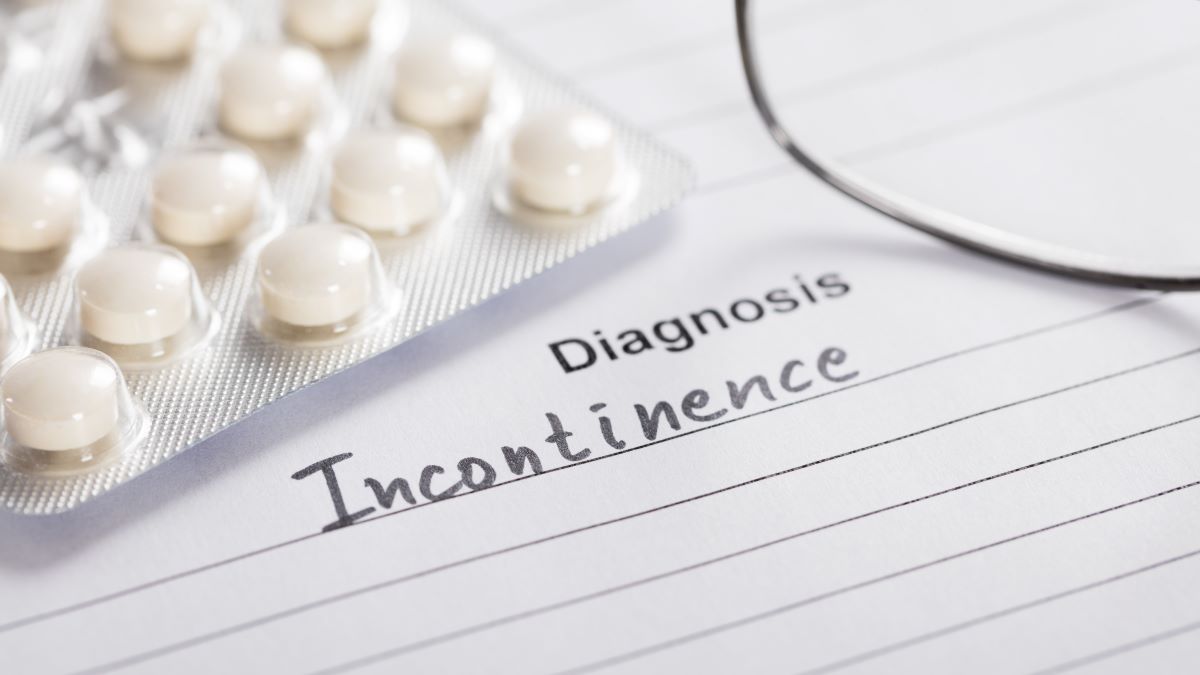An inability to control the bladder is called urinary incontinence. This condition has a significant adverse impact on the normal life of a person. Consequently, it is better to diagnose and treat urinary incontinence as soon as possible to eliminate any discomfort the patient may experience.
Urinary incontinence diagnosis
There are several types of urinary incontinence. Therefore, it is essential to identify which one the patient has. To do so, the doctor begins with the physical examination and a person’s history. The health care provider can also ask to demonstrate incontinence. The patient can do it by performing simple activities like coughing. Then, the doctor may suggest doing urinalysis, bladder diary and/or postvoid residual measurement.
- Urinalysis is a collection of patient’s urine sample followed by its analysys under the microscope. The specialist is searching for the presence of tiny amounts of blood, infection or any other abnormalities.
- A bladder diary is a patient’s record that includes the amount of water consumed, time and volume of urination, whether there was an urge to urinate and the number of incontinence incidents experienced. Usually, the patient records such a diary for several days.
- Postvoid residual measurement is the procedure during which the patient urinates into a container that measures the volume of urine produced. Then using a catheter or an ultrasound test, the doctor assesses the amount of urine left in the bladder. Patients who have a lot of urine in their bladder may have an obstruction in their urinary tract or difficulty with their bladder nerves or muscles. In this case, mentioned conditions can be a primary reason for urinary incontinence symptoms.
If the patient’s condition requires surgery, the doctor may recommend additional tests. They are urodynamic testing and pelvic ultrasound.
Urinary incontinence treatment
The type, severity, and cause of urinary incontinence determine the kind of treatment required. In addition, patients may receive a combination of treatments to deal with their condition. Also, if another disorder contributes to urinary incontinence symptoms, the doctor would start by treating that one first.
Treatment of urinary incontinence may include behavioural techniques, Kegel exercises, use of medications or medical devices, electrical stimulation, interventional therapies and surgery. We’ll discuss each of these methods in more detail.
Behavioural techniques
Behavioural techniques used to treat incontinence include bladder training, repeated voiding, planned toilet trips, managing fluid intake and diet.
Kegel exercises
Kegel exercises are a set of movements designed to strengthen pelvic floor muscles. Pelvic floor muscles contribute to the ability to control urination. As a result, training this muscle group may help to manage incontinence. However, it has a different level of impact on various types of incontinence.
Electrical stimulation
It is another method used to strengthen the patient’s pelvic floor muscles and deal with urge and stress incontinence. The doctor applies a gentle electrical stimulation through electrodes inserted into the patient’s vagina or rectum during the procedure.
Urinary incontinence medications
Medications used to deal with urinary incontinence may include:
- Alpha blockers
- Topical estrogen
- Mirabegron (Myrbetriq)
- Anticholinergics
Medical devices
Medical devices used to treat urinary incontinence are designed for women. There are two common types – pessary and urethral insert.
A pessary is a flexible ring made from silicone. The patient inserts this ring into the vagina and leaves it there for the day. Pessary provides support for the urethra and, therefore, helps avoid urine leakage. The doctor can also prescribe such a ring for women with vaginal prolapse.
The urethral insert is a small device that resembles a tampon. The patient should insert it into the urethra before performing activities that can trigger incontinence. It prevents urine leakage by acting as a plug. The patient must remove the urethral insert before urination.
Surgery
Surgery is usually applied when other urinary incontinence treatments don’t give the desired effect. The surgical procedures include:
- bladder neck suspension
- artificial urinary sphincter
- prolapse surgery
- sling procedures
When the symptoms cannot be eliminated
Suppose applied treatment cannot eliminate the symptoms of urinary incontinence. In that case, it is good for the person to take extra measures to prevent skin irritations. It is also helpful to adjust the house space to make life with these symptoms more comfortable. In situations when there is no possibility to eliminate the symptoms of urinary incontinence, the patient may benefit from using absorbent pads and catheters. These products help eliminate discomfort caused by incontinence.
One can wear the pads and protective garments available today like normal underwear. In addition, there are special drip collectors designed for men who experience issues with dribbles of urine. These collectors are absorbent pads worn over the penis, with tight-fitting underwear holding the pad in place.
The catheter can help patients who have difficulties with emptying the bladder. It is a tiny soft tube that the person inserts into the urethra several times per day. This procedure helps to drain the bladder. Usually, the doctor gives the patient instructions on how to operate with the catheter.
















Leave a Reply
You must be logged in to post a comment.